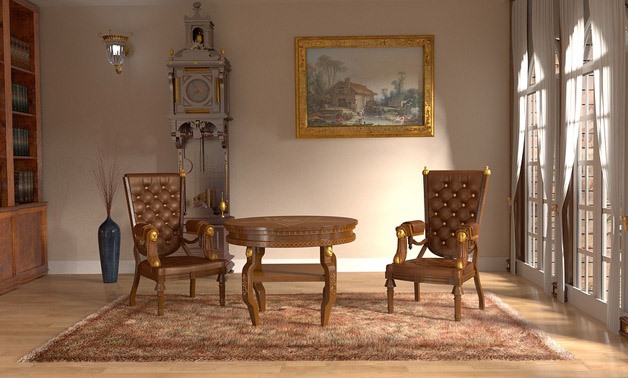
Furniture - Creative Commons via Pixabay/Monoar
CAIRO – 26 July 2017: Furniture exports declined 6 percent year-on-year in the first half of 2017, recording LE 181 million ($20 million), head of Furniture Exports Council Ehab Deryas said Wednesday.
The fall is attributed to increased sales in the domestic market “due to being highly competitive with imported products,” Deryas said in a statement from the council.
To support sector exports, the council agreed with the Industrial Development Authority (IDA) to facilitate procedures of issuing certificates allowing furniture exports at faster paces.
Aiming to boost exports, the council has chosen three exhibitions in Milano, Shanghai and Casablanca over the coming period, Deryas noted. “This will be part of the strategy to double non-oil exports to $32 billion by 2020,” he said.
In the first four months of 2017, furniture exports recorded $107 million, according to the same council.
Egypt targets to raise exports by 20 percent YoY in 2017, with a new furniture city in Damietta expected to attract more investments in that sector.
The Damietta Furniture City Project, launched in 2015, is being built on 331 acres of land, and is expected to include at least 2000 workshops and 55 factories. The project is set to provide over 40,000 direct jobs and 120,000 indirect jobs, as well as boosting the capacity of 2,400 furniture factories and workshops, the Trade Ministry announced in July 2015.
The project aims at developing the industry of furniture by using modern technology. The estimated cost of the Damietta Furniture City project ranges between LE 4.5 ($248 million) to LE 5 billion.
Damietta is known to be the Egyptian hub for the furniture industry, where 70 percent of exported furniture comes from the city.
Egyptians consume LE 15 billion worth of furniture per year, 60 percent of them is locally produced, while the remaining 40 percent is imported, according the Chamber of Woodworking and Furniture.

Comments
Leave a Comment